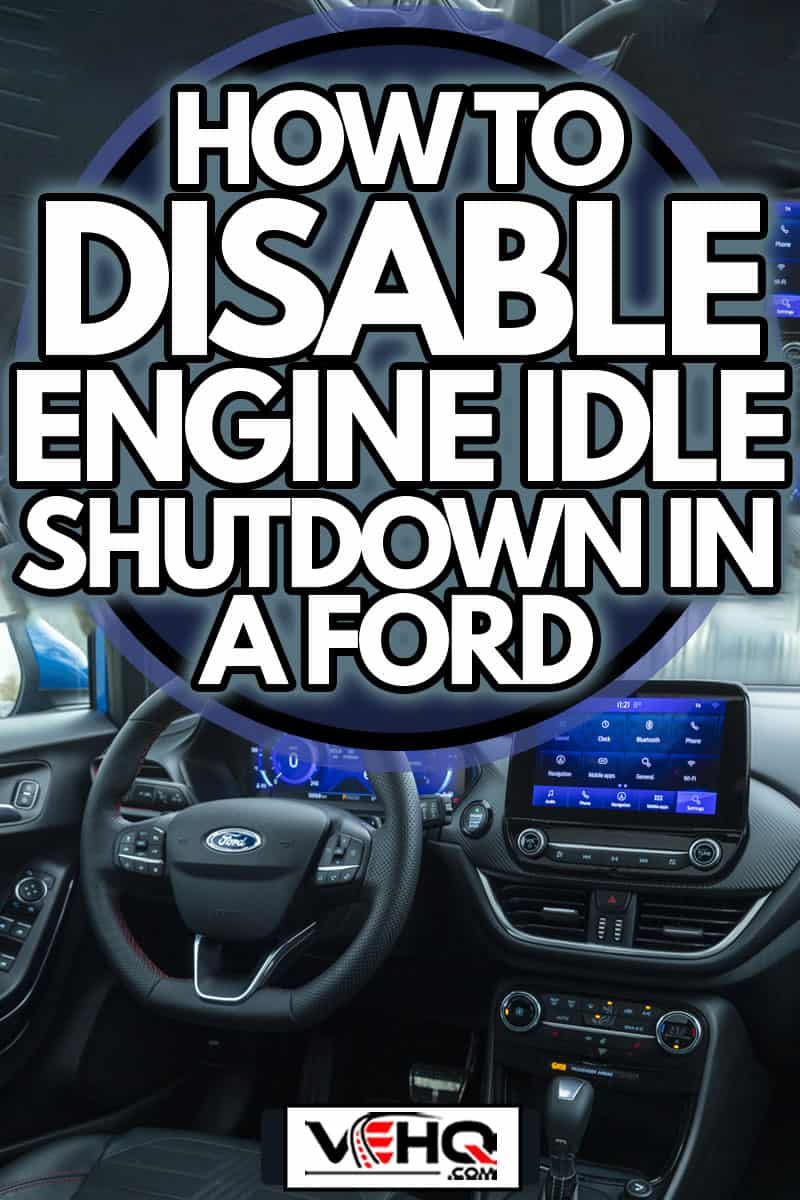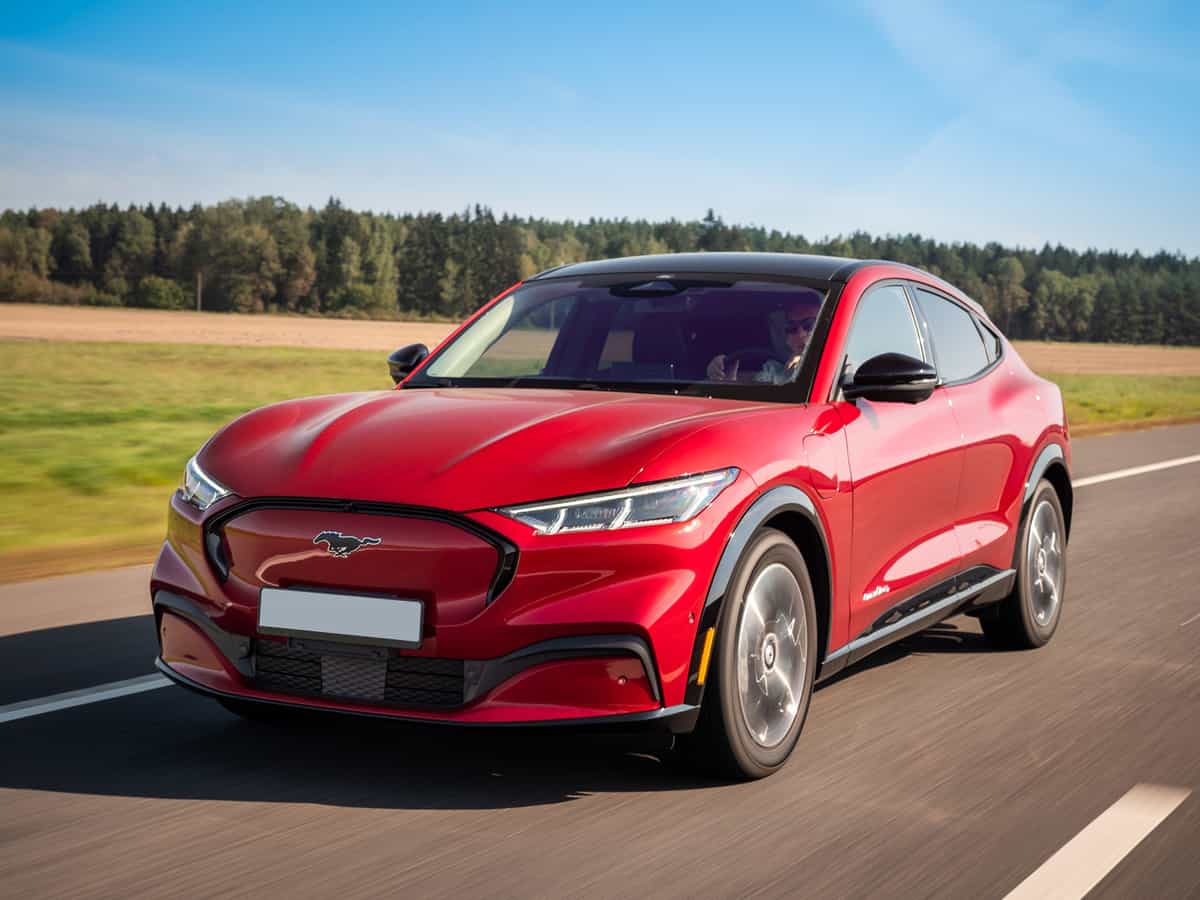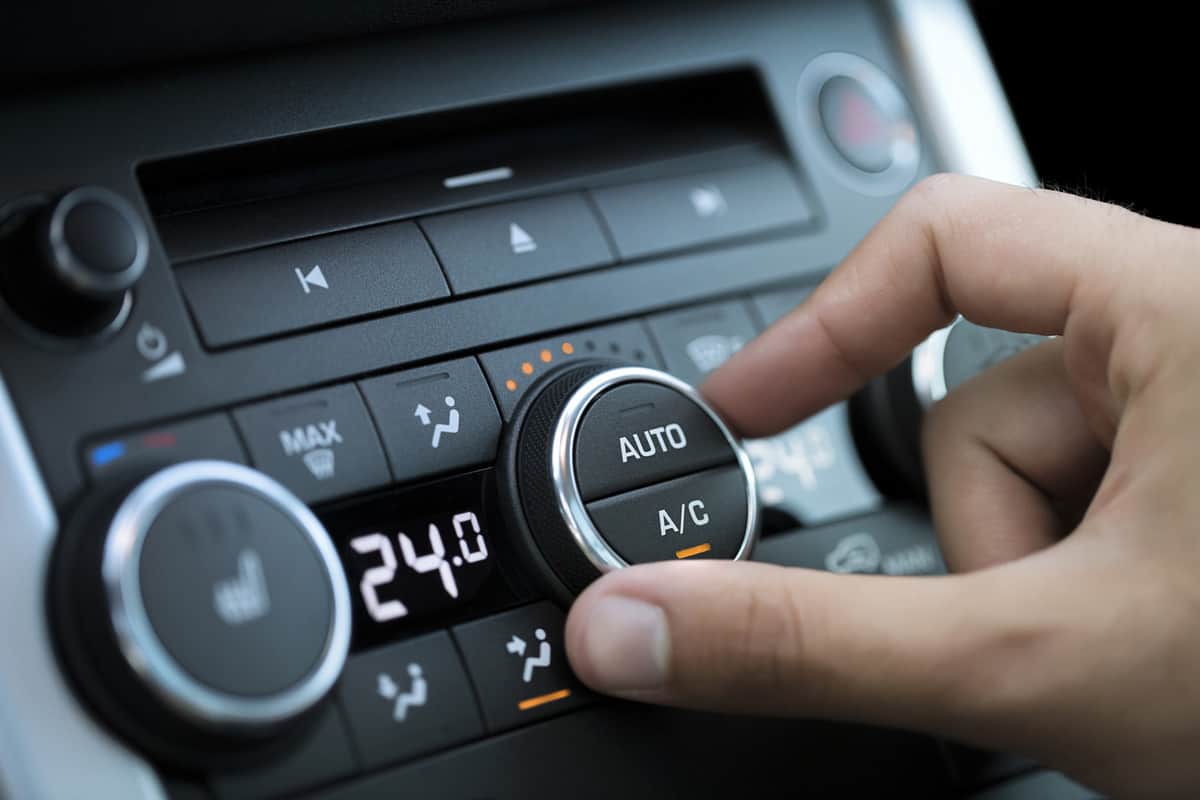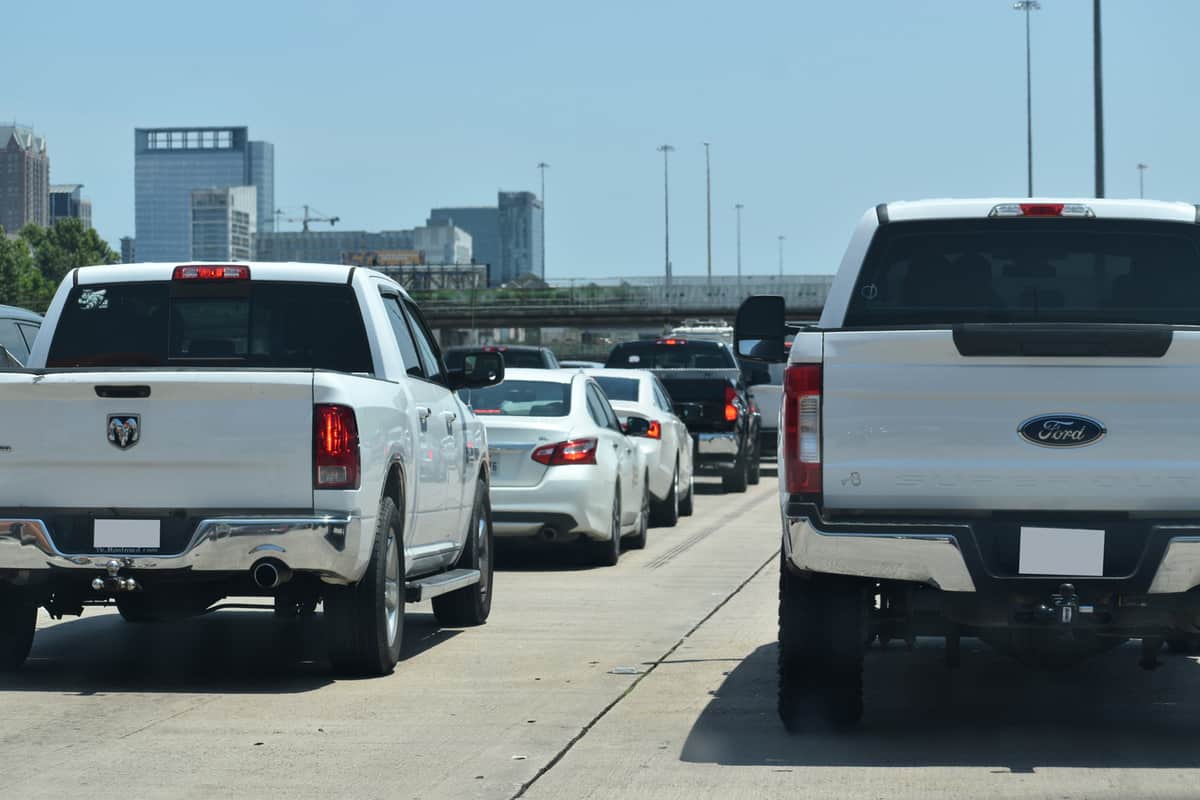You may have noticed the auto engine idle shutdown feature if you own a newer Ford. However, it may not be for everyone, and turning it off is easy. Let's take a look at what it is and how to turn it off.
The auto engine idle shutdown feature is designed to save fuel and reduce emissions by automatically shutting off the engine when the vehicle is idling for a period of time. It can be turned off by following these steps:
- First, go to settings on the SYNC 3 screen.
- Tap Vehicle.
- Toggle 30min max idle to off.
You can also turn this feature off by using your steering wheel:
- Scroll to settings using the left-hand steering wheel control.
- Select vehicle.
- Deselect the auto engine offsetting.
While there are some benefits to using the engine idle shutdown feature, it may not be for everyone. This article will take a closer look at how the engine idle shutdown feature works to help you decide whether to leave it on or turn it off. In addition, we will answer other frequently asked questions about how to save fuel and reduce emissions while driving your Ford.

What is the auto engine idle shutdown feature?
The auto engine idle shutdown feature is designed to automatically shut off the engine when the vehicle is idling for 30 minutes while in the park.
It can be turned on or off by following the steps above. This feature is beneficial because it can help save fuel, reduce emissions, and save battery power.
The feature is only in Ford vehicles equipped with Intelligent Access and has Push Button Start. If you are unaware that your vehicle is equipped with this feature, don't be alarmed when your engine randomly shuts off after 30 minutes of being idle.
Technically, it is better to leave the feature on because it will help reduce emissions and save fuel, but you may want to turn it off for the following reasons:
- First, you don't want your engine to shut off randomly.
- Don't want the engine to cool down between stops.
- Inconvenience [e.g., having to restart the engine when picking up someone].
With that being said, you can save money by turning off your engine after idling for only 30 seconds. Some believe that you will burn more fuel by restarting your engine, but this isn't true. Idling uses more fuel, so turning your engine off and on is more efficient rather than letting it idle for long periods.
In addition, turning the engine off and on frequently will not damage your starter or battery because they are designed to handle this type of usage.
If you're still undecided about using the auto engine idle shutdown feature, we recommend trying it out for yourself and seeing if it's right for you.
How to save fuel and reduce emissions while driving your Ford
There are many ways to save fuel and reduce emissions while driving your car. If you're looking for ways to be more eco-friendly, then we suggest the following tips:
Accelerate Slowly
Hard accelerations use more fuel than gentle ones, so it's best to accelerate your time. You don't have to drive like a grandma, but try to avoid flooring it whenever possible.
Drive the Speed Limit
This one is pretty straightforward—the faster you go, the more fuel you use. So, if you want to save some money at the pump, we recommend sticking to the speed limit.
Use Cruise Control
When driving on the highway, cruise control can help you maintain a constant speed and save fuel. Just turn it off when you're driving in stop-and-go traffic.

Avoid Idling
As mentioned earlier, idling uses more fuel than turning your engine off and on. So, if you're going to be stopped for more than 30 seconds, we recommend shutting off your engine.
Avoid Drag
The more drag your vehicle has, the harder the engine has to work, which uses more fuel. So, it's best to avoid anything that creates drag, such as roll-down windows, sunroofs, and rooftop carriers.
Coast when Possible
Coasting—or driving without pressing the accelerator—uses less fuel than accelerating. So, if you're approaching a stop sign or red light, we recommend taking your foot off the gas and coasting until you need to brake.
Drive Only When Needed
This one might be difficult for some, but it's essential only to drive when necessary. If you can walk, bike, or take public transportation instead of driving, we recommend these to save on fuel costs.
Remove Excess Weight
The heavier your vehicle is, the more fuel it will use. So, if you have any unnecessary items in your trunk or back seat, we recommend removing them to save fuel.
Tune the Engine
A well-tuned engine uses less fuel than an engine that isn't tuned. So, if your car is due for a tune-up, we recommend taking it to a mechanic to get it serviced. This includes replacing or cleaning the air filter, spark plugs, and other engine parts.
Use the Correct Engine Oil
If you're using the wrong engine oil, it can cause your engine to work harder than necessary and use more fuel. So, consult your owner's manual to find out which oil is best for your car.
Proper Tire Inflation
Having the proper tire inflation can improve your gas mileage and increase handling. So, if you're not sure what the correct tire pressure is, we recommend checking the owner's manual or the placard on the driver's door.
Fuel prices are constantly changing, and there's no way to predict how high they will go. However, by following the tips above, you can save money at the pump regardless of the price of gas. So try out a few of these tips the next time you're driving, and see how much fuel you can save.
Turn Off Air Conditioning
While air conditioning can be a lifesaver during the hot summer months, it actually uses a lot of fuel. If you can bare not to use the A/C, then you will find that you will be making fewer trips to the gas station.

What is Auto Start-Stop?
Some consumers may be confused about the difference between Ford's auto engine idle shutdown and auto start-stop. As explained earlier, auto engine idle shutdown turns the engine entirely off after idling for an extended period [30 minutes].
However, auto start-stop temporarily turns the engine off when you completely stop when in traffic. So, for example, when you come to a red light in heavy traffic, the engine will turn off until you step on the gas pedal again to go.
Auto start-stop is a different feature than auto engine idle shutdown, and it's important to understand the difference between the two. Both features can save fuel, but they work in different ways.
Auto start-stop has been proven to save fuel by as much as 5%. It's a great way to save money, and it's something that all drivers should take advantage of.
Does auto start-stop drain your battery?
No, auto start-stop does not drain your battery. It helps to preserve your battery life by shutting off the engine when you don't need it.
In addition, there have been tests done to show that it doesn't cause extra wear and tear on other vehicle components. So, you can rest assured knowing that auto start-stop is a safe and reliable way to save fuel.
Can you disable auto start-stop?
Ford vehicles and other makes and models have a button to disable the auto start-stop feature. However, you may find that it will turn back on when you turn the car off and then on again.
You may be able to permanently disable this feature by disconnecting the fuse that operates this. However, we don't recommend doing this as it can void your warranty and cause other problems.
In addition, if you disconnect the wrong fuse, it can cause other electrical issues. So, unless you're a qualified mechanic, we recommend leaving this task to the professionals.
If your vehicle is out of factory warranty, you can ask your mechanic to do this for you.

Final Thoughts
Both the engine idle shutdown and auto start-stop feature are great ways to save fuel. Using them both can save even more money at the pump.
If, for some reason, you don't like the features or don't see the point in having them on your vehicle, then you can always disable them. However, we recommend leaving them on to lower emissions and save you money in the long run!
Made it to the end? Here are other articles you may like:
How To Lock And Unlock A Ford Escape With Keypad
Chevy Silverado High Country Vs. Ford King Ranch – Which Is Right For You?
